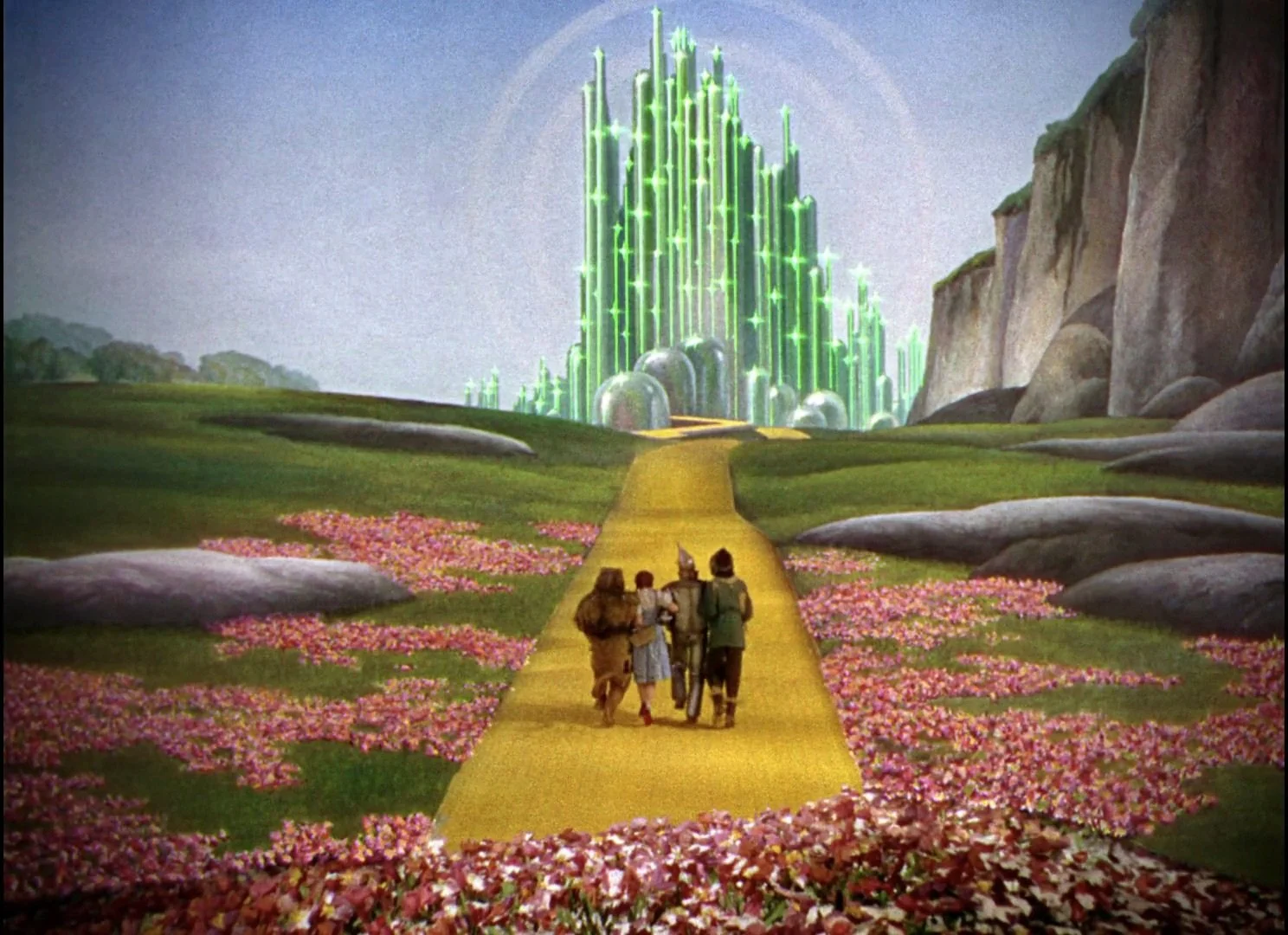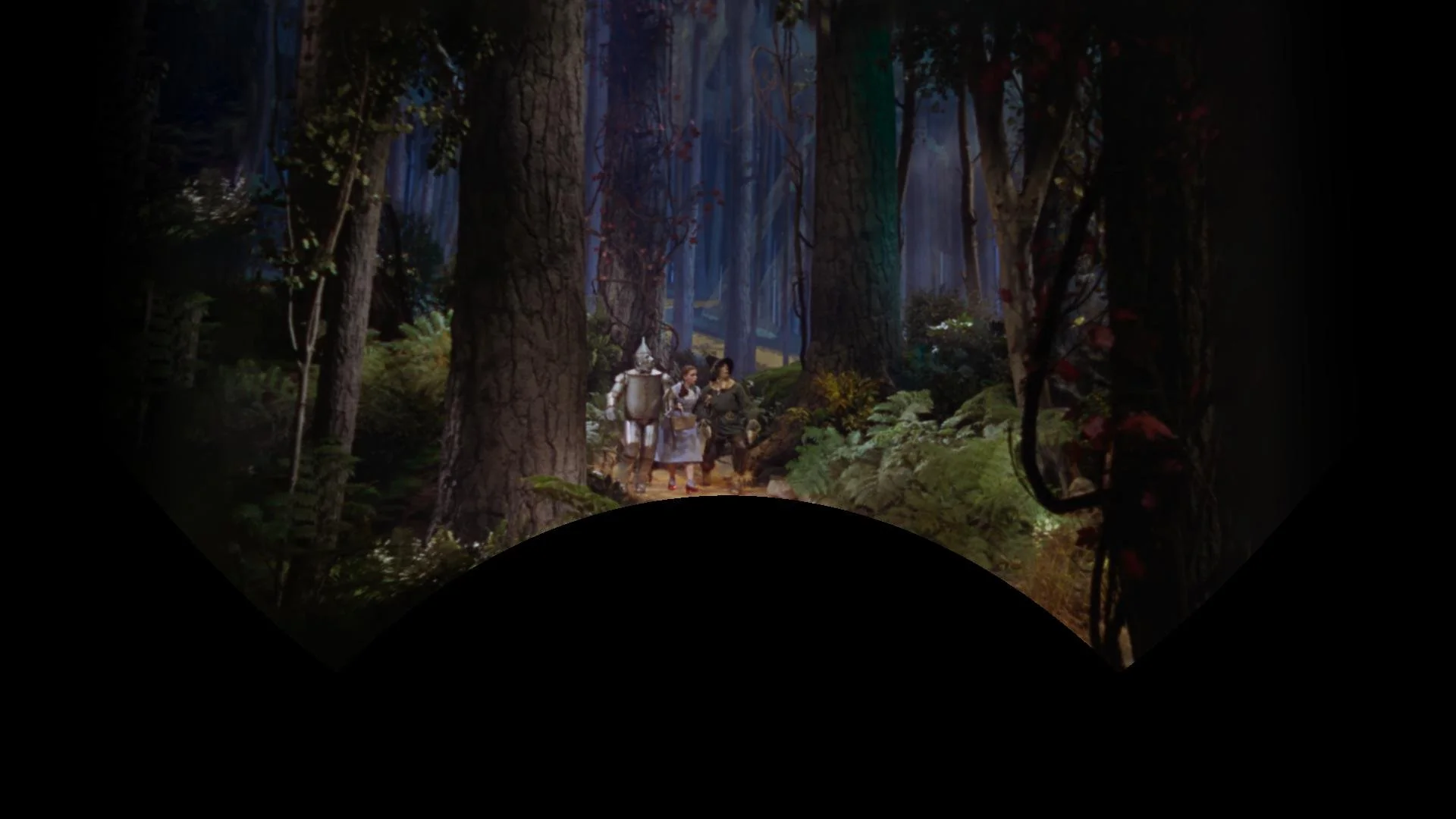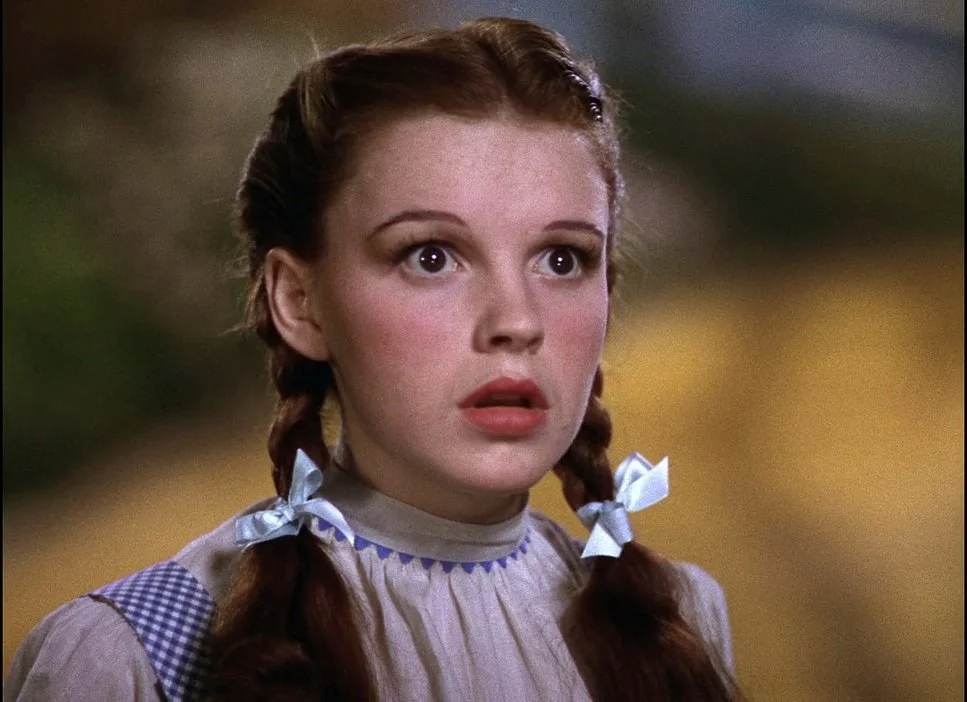Of all the projects I’ve been a part of, The Wizard of Oz at Sphere is in a category of its own. It’s one thing to grade a film; it’s another to grade an experience that wraps around a 16,000-seat audience on a 16K, 180-degree screen.
This project was a massive undertaking by the entire Water Tower Color team, in collaboration with Sphere Studios, Warner Bros., and Google. But our primary mission wasn't to reinvent the wheel—or in this case, the Yellow Brick Road.
The Mission: Protect the Master
Our main task was to stay 100% true to the definitive 4K remaster completed a few years ago. That master was a beautiful P3 D65, PQ 4000-nit grade. Our challenge was a technical translation: how do you take that reference-quality image and faithfully port it to the Sphere's unique display—a new color space (MSG Primaries) with a 2.6 gamma and a 500-nit peak?
It required building a custom transform, rigorously testing, and ensuring that the artistic integrity of that 4K master was preserved, just on a scale no one had ever worked with before.
The "How": Grading a Sphere
So, how do you color-grade a sphere? The short answer: you flatten it.
You could just put a spherical image in a timeline and start working, but instead we worked closely with FilmLight, who built custom tools specifically for this project. These new tools allowed us to work with the massive lat-long (equirectangular) images "flat" in the Baselight, removing the spherical distortion so we could see the picture clearly. This was a critical innovation, building on the smart panorama tools already in the software, and it made the entire process possible.
The Origin: A VR Sizzle Reel
This project didn't start in a 16,000-seat arena. It started over two and a half years ago as a proof of concept for a VR headset.
The initial goal was simple: create a sizzle reel to get executives on board and, more importantly, to test a core technical question: would the original film scans even hold up once they were stretched and placed into a 180-degree equirectangular format?
It was a long journey from that first VR test to the final show in Las Vegas, but seeing it all come together has been one of inexpressible highlights of my career. A huge congratulations to the entire team for pulling off this massive technical and artistic achievement.




